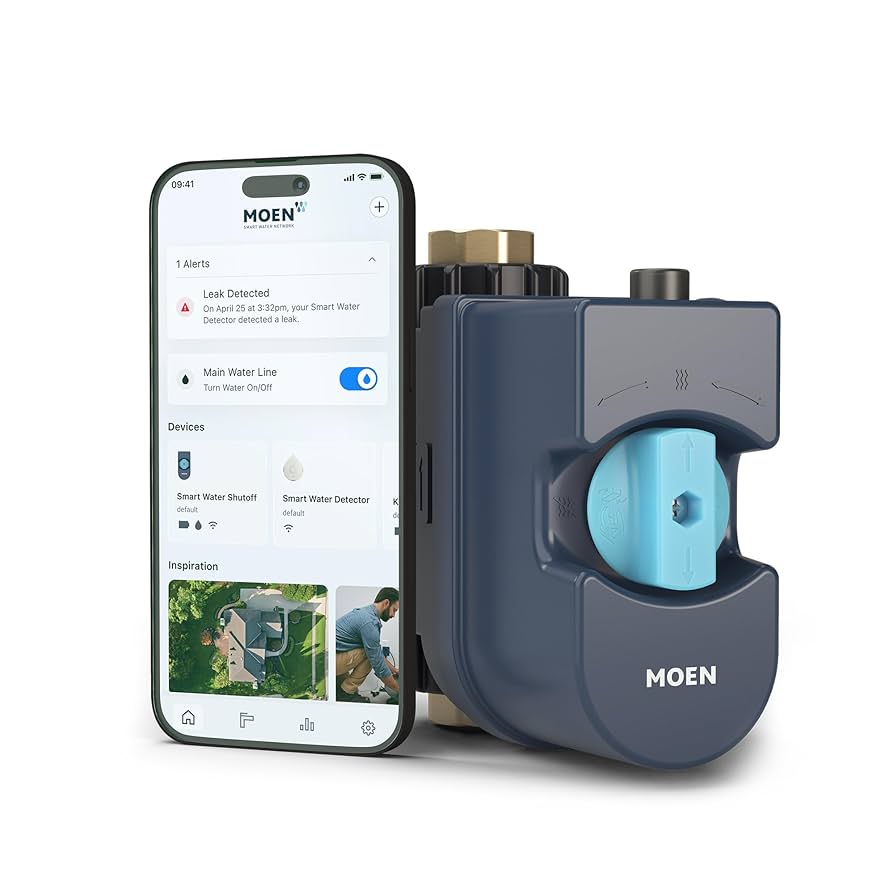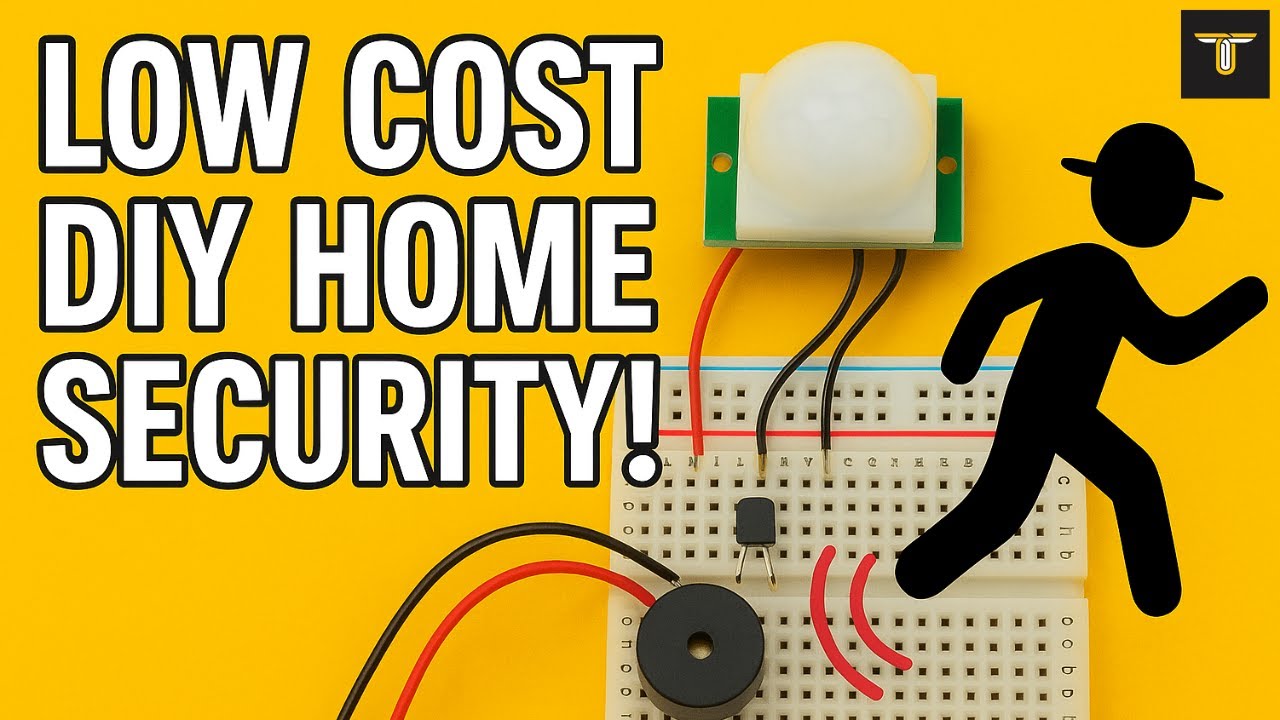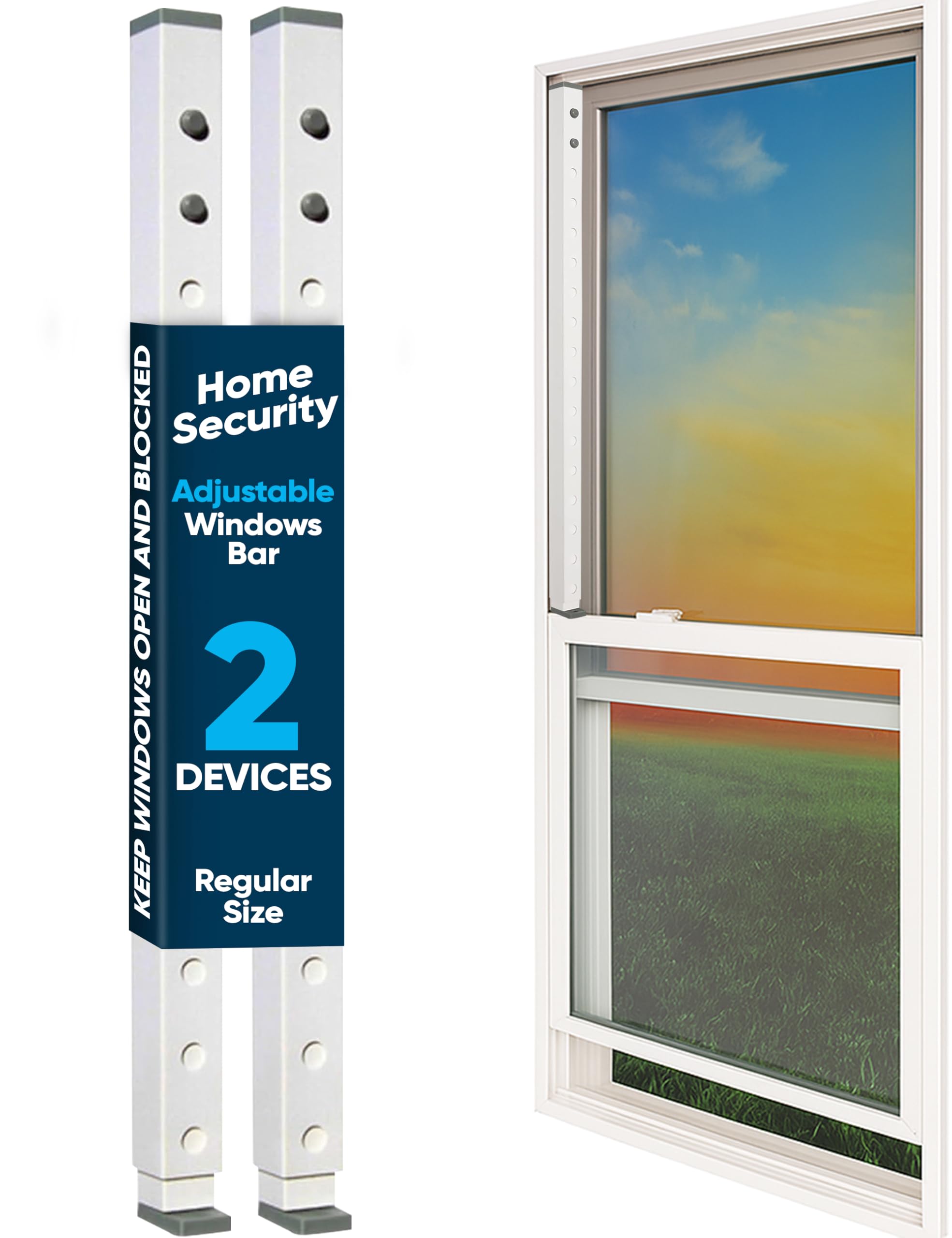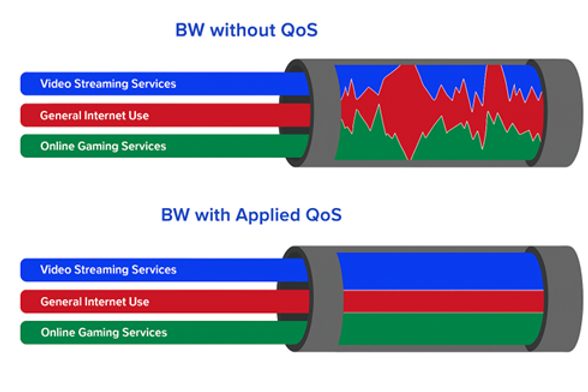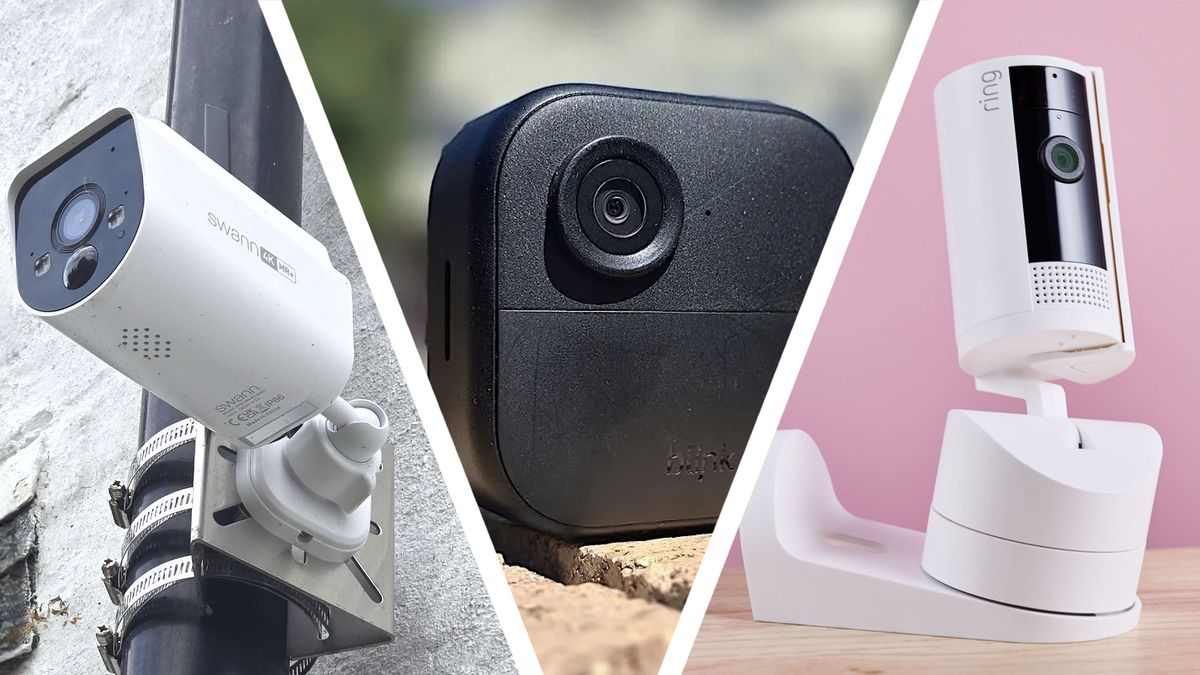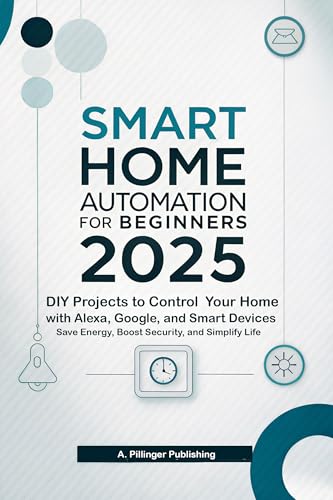Imagine waking up to a flooded basement or discovering water damage after a storm. It’s stressful, costly, and often preventable.
What if you could protect your home or business before disaster strikes? Smart flood sensors are designed to do just that. These small devices detect water leaks early and send alerts straight to your phone, giving you the power to act fast.
You’ll learn how smart flood sensors work, why they’re a must-have for your property, and how they can save you time and money. Ready to keep your space safe and dry? Let’s dive in.

Credit: www.amazon.com
How Smart Flood Sensors Work
Smart flood sensors detect water leaks early to prevent damage. They alert homeowners or businesses quickly.
These sensors use technology to sense water presence and send notifications. They are easy to install in key areas.
Detection Technologies
Smart flood sensors detect water using different technologies. Most use moisture or water sensors to find leaks.
Some sensors use probes that close a circuit when wet. Others use capacitive sensors to detect water levels.
- Conductive sensors detect water by completing an electric circuit
- Capacitive sensors measure changes in electrical charge caused by water
- Ultrasonic sensors detect rising water by sound waves (less common)
Connectivity And Alerts
Smart flood sensors connect to your home network using Wi-Fi or other wireless signals. This lets them send alerts fast.
When water is detected, the sensor sends a notification to your phone or smart device. Some systems link to alarms or smart home devices.
- Wi-Fi connects sensors to apps for real-time alerts
- Zigbee or Z-Wave connect with smart home hubs
- Some sensors send alerts by SMS or email
Power Sources And Battery Life
Most smart flood sensors use batteries for power. Good sensors last months or years on one battery set.
Some models plug into power outlets or use rechargeable batteries. Battery life depends on sensor use and signal strength.
- Standard batteries last 1 to 3 years
- Rechargeable batteries need charging every few months
- Wired sensors use home power but need installation
Benefits Of Installing Smart Flood Sensors
Smart flood sensors help protect your home from water damage. They detect leaks early and send alerts quickly.
These sensors give you peace of mind by monitoring your property 24/7. They help you act fast before damage grows.
Early Leak Detection
Smart flood sensors spot water leaks in their early stages. They send instant notifications to your phone or device.
Early alerts let you fix problems before they get worse. This saves time and keeps your home safe from big floods.
Preventing Water Damage
Flood sensors reduce the risk of costly water damage. They help stop leaks from spreading inside walls and floors.
By catching leaks early, sensors protect your furniture, electronics, and important documents. This lowers repair costs.
- Detect leaks under sinks and appliances
- Warn about slow drips or sudden floods
- Alert you even when you are away
Insurance Advantages
Installing smart flood sensors may lower your home insurance premiums. Insurers see them as a safety investment.
Some insurance companies offer discounts or benefits for homes with flood detection devices. This can save money yearly.
Choosing The Right Flood Sensor
Flood sensors help protect your home from water damage. Choosing the right sensor keeps your house safe and dry.
Think about your home setup and how you want to use the sensor. This makes sure you pick the best one.
Compatibility With Smart Home Systems
Check if the flood sensor works with your smart home devices. Some sensors connect to Wi-Fi, others use hubs.
Choose a sensor that fits your existing system. This helps you get alerts and control it easily.
- Works with Alexa, Google Home, or Apple HomeKit
- Connects through Wi-Fi, Zigbee, or Z-Wave
- Supports app notifications on your phone
Sensor Placement Tips
Place sensors near water sources like sinks, toilets, and water heaters. Early detection prevents big damage.
Put sensors on the floor where water might pool. Avoid places with regular splashes or steam.
- Near washing machines and dishwashers
- Under sinks and cabinets
- Close to water heaters and sump pumps
- Away from areas with normal moisture
Budget Considerations
Flood sensors come in different prices. Set a budget before you shop to find the right balance.
More expensive sensors may have extra features. Basic models still offer good protection at a low cost.
- Basic sensors detect water and send alerts
- Advanced models include temperature and humidity sensors
- Consider costs for batteries or subscriptions
- Look for reliable brands within your price range
Installation And Maintenance Tips
Smart flood sensors help detect water leaks early. Proper setup and upkeep keep them working well.
This guide covers easy steps for installation, regular testing, and battery care.
Step-by-step Setup
Place your flood sensor where water might gather. Common spots include basements and near pipes.
Follow these steps to install the sensor:
- Clean the area before placing the sensor
- Mount the sensor on a flat surface or floor
- Connect it to your home Wi-Fi or hub
- Test the sensor using water or the test button
Regular Testing
Test your flood sensor often to ensure it works. A quick test can prevent false alarms.
Do this simple test once a month:
- Press the test button on the sensor
- Check if your phone or alarm receives the alert
- Inspect the sensor for dirt or damage
Battery Replacement
Flood sensors use batteries to run. Replace batteries before they run out to avoid downtime.
Follow these tips for battery care:
- Check battery status monthly in the app
- Use the recommended battery type
- Remove old batteries safely
- Replace batteries as soon as low warning appears
Real-life Success Stories
Smart flood sensors help protect homes from water damage. They detect leaks early and send alerts.
Many families have avoided costly repairs thanks to these sensors. Here are some real stories.
Homes Saved From Major Damage
A family in Florida caught a pipe burst at night. The sensor sent an alert immediately.
They turned off the water and called a plumber fast. The damage was very small.
- Alert received within minutes of leak start
- Water shut off quickly to stop flooding
- Repair costs were less than $500
User Testimonials
“The sensor saved my basement from flooding,” says James from Ohio. “I was away and got the alert.”
“It gave me peace of mind during storms,” shares Maria in Texas. “No more worries about leaks.”
- James: Quick alerts prevented major damage
- Maria: Sensor works well during heavy rain
- Many users say it is easy to install
Lessons Learned
Many users learned that placing sensors near water sources is key. Bathrooms and basements are best.
Regularly testing sensors helps ensure they work when needed. Batteries should be replaced yearly.
- Place sensors near pipes and water heaters
- Test sensors monthly for proper alerts
- Replace batteries every 12 months

Credit: www.amazon.com
Future Trends In Flood Detection
Flood detection technology is evolving quickly. New tools help detect floods earlier and more accurately.
Smart flood sensors will play a big role in safety and disaster management in the future.
Advances In Sensor Technology
Flood sensors are becoming smaller and more sensitive. They can detect water levels and changes faster.
New sensors use materials that last longer and work well in harsh weather conditions.
- Improved battery life for longer use
- Wireless sensors for easy setup
- Better accuracy with multi-parameter sensing
Integration With Ai
Artificial intelligence helps analyze data from flood sensors. It predicts floods before they happen.
AI can learn patterns from weather and water data. It gives alerts faster and reduces false alarms.
- Real-time flood risk prediction
- Automatic alert systems
- Data-driven flood management plans
Smart City Applications
Smart flood sensors connect with city systems. This helps cities respond quickly to floods.
Cities use sensor data to manage traffic, public safety, and emergency services during floods.
- Flood monitoring integrated with traffic control
- Automated alerts for emergency responders
- Data sharing across city departments

Credit: www.amazon.com
Frequently Asked Questions
What Are Smart Flood Sensors And How Do They Work?
Smart flood sensors detect water leaks or floods early using advanced sensors. They send alerts via Wi-Fi or apps, helping prevent water damage and costly repairs. These sensors monitor moisture levels continuously for real-time protection.
Where Should I Install Smart Flood Sensors?
Install smart flood sensors near water heaters, basements, pipes, and sump pumps. These areas are prone to leaks or flooding. Proper placement ensures early detection, minimizing damage and costly cleanup.
Can Smart Flood Sensors Connect With Smart Home Systems?
Yes, most smart flood sensors integrate with smart home systems like Alexa or Google Home. Integration allows automated responses, such as shutting off water valves, and provides convenient alerts on your devices.
How Reliable Are Smart Flood Sensors In Preventing Water Damage?
Smart flood sensors offer reliable early warnings, significantly reducing water damage risks. They detect leaks quickly and notify homeowners instantly, allowing timely action to prevent extensive damage and costly repairs.
Conclusion
Smart flood sensors offer practical solutions for flood-prone areas. They detect water levels quickly. This can help prevent property damage. Alerts from these sensors keep communities safe. Installation is simple and cost-effective. Users gain peace of mind with real-time data.
Businesses can protect valuable assets too. Flood sensors are a wise investment. They provide reliable and timely information. Communities can respond faster to threats. This minimizes risk and loss. Consider integrating smart flood sensors today. Stay informed and protected, always.
15 min read

